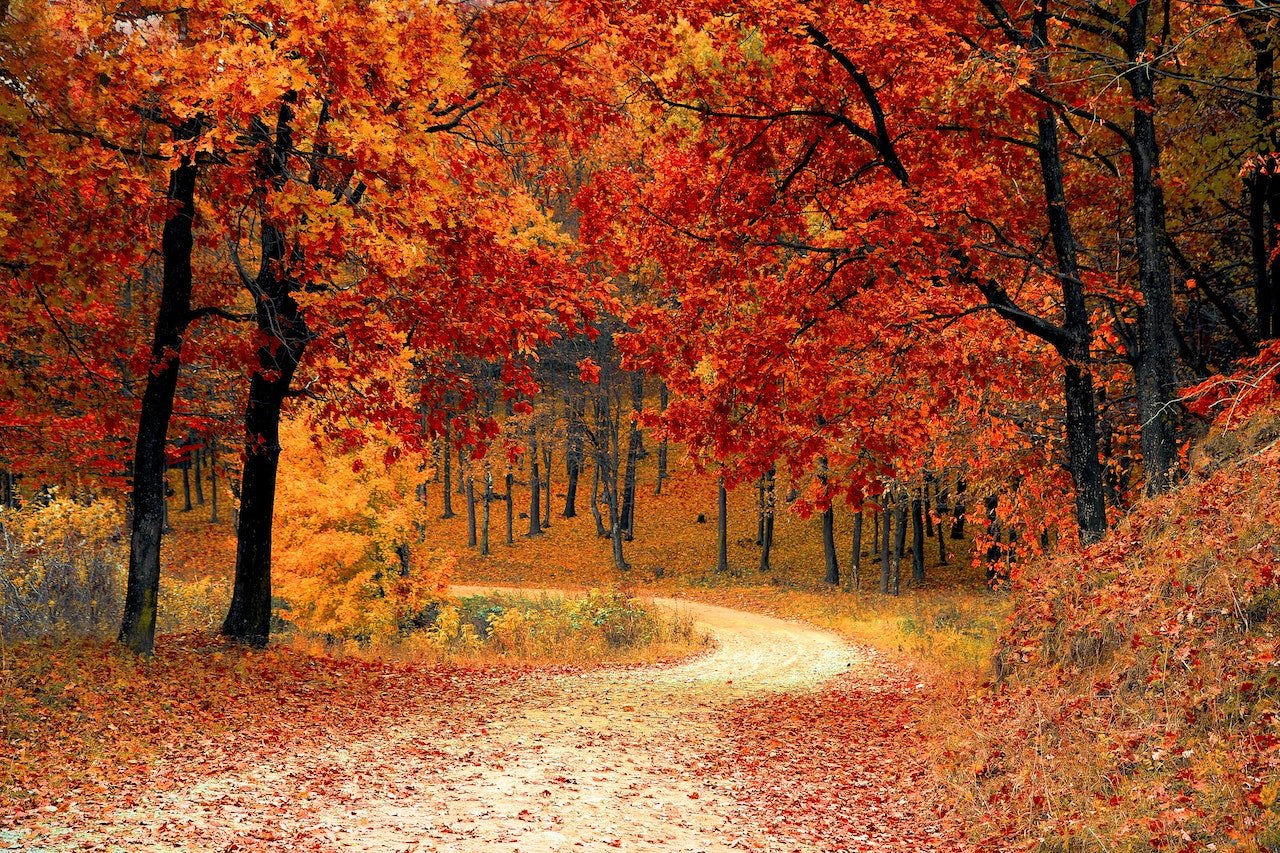From cooler weather to holidays, winter comes swiftly and brings many wonderful memories. But this time of year also requires careful preparation to protect your family and prevent damage to your home. Even though California winters are milder than most, the winter weather can still cause damage to your house, and without preparation, you can spend a lot of extra money on repairs.
The good news is there are many practical ways to prepare your home, including simple inspections you can do yourself. Keep reading for the best tips to keep your home safe from the downsides of winter.
When Should You Start Preparing for Winter?
At the beginning of fall, the winter season might not be the first thing on your mind. But the best time to start preparing for winter is before the season begins. You don’t want to wait until the temperature drops to discover your furnace isn’t working. The start of fall is a great time to prepare your home while it’s still warm enough to work outside comfortably, and you’ll have plenty of time to take care of any issues that may arise.
You can do a lot of the winter preparation yourself, but if you discover you need to call a professional, it will be harder to find someone after winter has already started. For example, if your roof needs repairs, you’ll likely have to wait longer during this busy time of year. However, preparing your house for winter ahead of time means you’ll enjoy the positive side of winter without worry.
9 Best Ways to Protect Your Home This Winter
There are many ways your home can be damaged during the winter, especially with winter rain storms. But nothing is keeping you from preventing these damages as you prep your home. Below are the best ways to protect your home this winter.
1. Clean out gutters and downspouts
The first way to prepare for winter is to ensure you have clear gutters and downspouts. Excess leaves and other debris in your gutter lead to overflowing during heavy rainfall, ultimately damaging the outside of your house. To prevent water damage to your siding or roof, clean your gutters in the fall. Suppose you're planning a home construction or remodeling project this winter, for example, a new home addition. In that case, it's best to ensure the proper installation of all gutters, fascia, soffits, bargeboards, and cladding before completing that home addition project.
2. Have your roof inspected
Once the winter rain begins, your roof must be in tip-top shape, so make sure there aren’t any missing or loose shingles. It's much more challenging to get roofers out during the winter, so if there are any issues, you want to ensure you take care of them while preparing in the fall. If you suspect there are any problems you will to have a professional inspect it for you, they’ll be able to check for any potential damage to your roof.
3. Check your trees for dead branches
Checking your trees and removing any dead branches in the fall will ensure you remove any branches that could fall during the winter. Even though the branches may have held up before, the dead or loose branches likely won’t hold up during a rainstorm. You’ll also want to trim branches near windows, even if they’re healthy, to keep them from scraping against the glass on windy days.
4. Tune up your heating system
It may not snow where you live in California, but you still don’t want to wait until the last minute to realize there’s something wrong with your heater. There's nothing worse than stepping out of the shower to a cold bathroom, only to find out that your furnace is on the blink. A straightforward way to check it is to turn it on to test that it works properly. Once you hear the heat click on, let it run for a few minutes. To ensure your heating system is in the best possible shape, you can also have a professional technician inspect it for around $100. It’s worth the investment to have the peace of mind that your furnace is ready to keep your family warm during the winter.
5. Inspect your fireplace
If you plan on spending the winter cozying up by the fire in your family room, remember that many hazards can make a fireplace unsafe. Since you only use the fireplace at certain times of the year, it's essential to have it inspected annually, even if you don't use it often. Inspecting your fireplace involves an outdoor and indoor inspection, ensuring nothing hinders the airflow. If you have a wood-burning chimney, hire a chimney sweep to inspect it, clean it out, and ensure it's ready for the winter season. Gas fireplaces are an excellent way to heat a great room or home office and often require less maintenance but still need an inspection each year.
6. Reverse your ceiling fans
Most people aren’t thinking about using their ceiling fans in the middle of winter. However, reversing the direction of your ceiling fans and running them during the winter can lower your energy costs. Switching the direction of the blades forces the warm air near the ceiling back down, helping the room warm up. This redirection of the warm air means your thermostat won’t work as hard to warm the room, saving you money on your electric bill.
7. Test your smoke and carbon monoxide detectors
Aside from lighting a fire in your home, there are plenty of other fire hazards during the wintertime. Many fires occur yearly due to misplaced decorations, so it’s crucial to test your smoke detectors. You’ll want to inspect your carbon monoxide detectors. These detectors can warn you of high levels of carbon monoxide in your home, which typically comes from fuel-burning appliances or fireplaces.
8. Remove gas from small engines
Leaving gas in small engines, such as those in your lawn mower or weed wacker, can gum up the carburetor and rust the inside of the engine. Emptying the gas to keep your engines safe should be part of your winter preparation. Once you remove the gas, you may want to continue maintaining and cleaning it to make it a part of your annual routine in the fall.
9. Consider buying a generator
Emergency generators are a great tool to have year-round, but especially during the winter when there’s a higher likelihood of power outages due to rainstorms and other weather-related issues. An emergency generator can help you keep your heat, kitchen fridge, and lights running in case you lose power. The size you need will depend on what you plan to keep running since each appliance will use a different amount of energy.
Prepping your home for winter should be a part of your fall routine. The sooner you prepare your home, the more time you’ll have to take care of any unexpected repairs that need your attention. Winter can be the most wonderful time of year when your house is ready for the change in weather.
For more home-related tips, trends, and advice from Lewis Design Build Remodel, read our other blog posts or follow us on Facebook and Instagram. If you're ready to start your own remodeling project or are looking for more remodeling information, check out our pricing guides, frequently asked questions, or get in touch!




